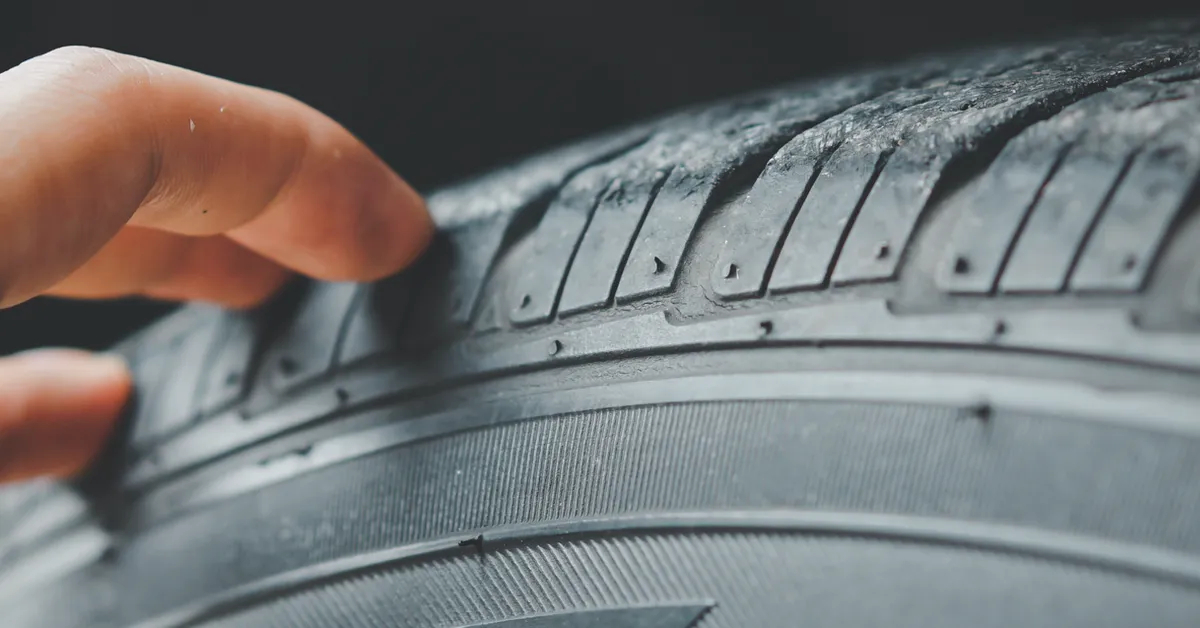
In the last 12 months, over 2.15 million vehicles failed their MOT due to tyre defects. That figure is the highest recorded by the DVSA. More than 750,000 of those failures happened after previous MOT tyre advisories. That puts over a third of them in the advisory category before the actual failure. The number of MOT failures linked to tyres has climbed steadily every year since 2019. That year recorded 1.83 million tyre-related failures, and by 2022–23, the number had already passed two million.
As you may know from bitter experience, a failed MOT is often enough to convince drivers that they need to scrap their car. However, even the cars that get a passing grade rarely do so without some kind of note, and one of the most common advisories that many drivers receive is to do with their tyres. Now, new data shows that many people are leaving tyres unchecked beyond the safe point. The latest figures show that the problem affects millions of vehicles across the country. So then – what exactly is going on?
What’s happening?
The Covid-19 pandemic led to MOT extensions, and that decision delayed inspections across millions of vehicles. But when inspections resumed the following year, safety teams noticed a shift in tyre condition patterns. More tyres were failing, and fewer had been checked in-between MOTs. That pattern continued through 2023 and 2024, with tyre issues triggering a larger share of total failures. That’s leading to more intense concern from industry leaders.
Why does this matter so much?
Your tyres are one of the most safety-critical elements on your entire car, and it’s a crowded field. When you’re driving, their tread depth, pressure, and sidewall integrity all affect how well you can stop, steer and stay in control. That applies during dry journeys, in wet conditions, on fast roads, or in slow traffic. Any fault increases your braking distance and reduces your grip. One failure on a single tyre can lead to a complete loss of control. That affects you, your passengers, pedestrians, cyclists and nearby vehicles. In 2023 alone, the UK recorded 1,695 road deaths, and investigators and collision analysts included tyre defects among the contributing causes.
During inspections, examiners routinely flag tyres that are close to minimum legal standards or show signs of structural weakness. If that applies to yours, you’ll receive that warning in the form of an advisory. The thing is, there’s no legal requirement to act on it, and no follow-up system tracks what happens next. Road safety groups have identified that gap as one of the key causes behind the ongoing failure rates.
What’s the suggestion to do something about it
Road safety organisations want the government to introduce follow-up measures for tyre advisories. The first proposal calls for mandatory tyre replacement or repair within three months of an advisory being issued. The second includes proof-of-replacement requirements, where you would need to show that the issue was resolved. These measures aim to remove the gap between receiving a warning and taking action. Advisory data would be linked to vehicle records, and future MOTs would check whether flagged tyres were dealt with in time.
In the words of Commander Kyle Gordon, from the National Police Chiefs’ Council: “These figures are truly shocking. Over two million vehicles failed their MOT last year due to tyre defects, and more than 750,000 of these vehicles had a prior advisory. That’s 750,000 missed opportunities to fix the issue. That is frightening and cannot be ignored. We are calling on the government to take action before more lives are lost.”
He has supported the proposals in joint statements with PACTS, RoSPA and TyreSafe. Those groups want DVSA policy to shift toward enforceable follow-ups. They’re calling for automatic reminders, logged repairs, and consistent timeframes. They also want police and test centres to gain better access to tyre safety data, which would help track whether follow-up action has been taken.
How to check your own tyres
If you’re concerned about your own tyres, thankfully it’s quite easy – you can check your tyre tread with a 20p coin. Insert the coin into the main grooves of the tyre. If the outer band of the coin is visible, the tread has worn below the legal limit of 1.6mm. TyreSafe and other safety groups use this method in public demonstrations and training because it’s fast and simple to carry out. It gives you an immediate visual indicator of your tread depth.
You’ll also need to inspect each tyre for cracks, bulges, or exposed cords. Walk around the vehicle slowly and look at every sidewall. Uneven wear across the surface may indicate alignment problems or incorrect pressure. Use a pressure gauge to check each tyre against the figures printed in your car manual or door frame label. If your vehicle has a spare tyre, give that the same inspection. Routine checks keep you ahead of problems that can cause failure, and they reduce your risk of being caught out by sudden defects.
And of course, if you do fail and MOT and you decide that your car’s had its day, that’s exactly where we can help here at EMR Vehicle Recycling. With more than 70 years of experience to our name, we’re dedicated to getting you the very best price for your old car. All you need to do is enter your car reg and postcode into the fields on our homepage, and you’ll have an instant online quote before you can say: scrap my car. Ready to find out what yours is worth?

